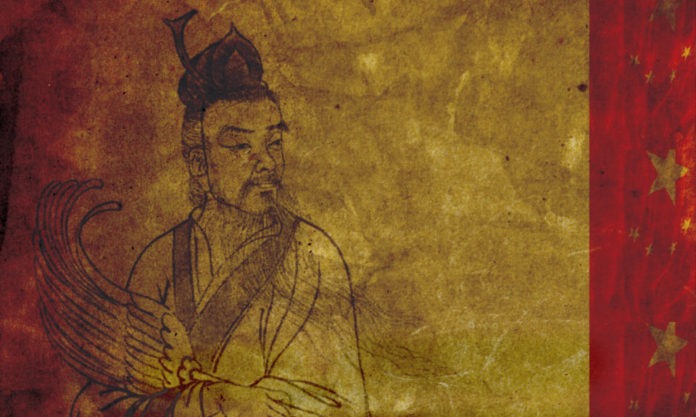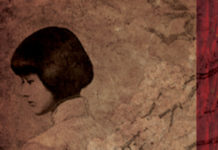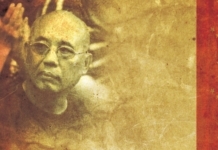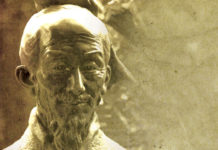Tao Hongjing (陶弘景) was the Daoist Buddhist who invented an elixir which made the body weightless, a protoscientist who taught princes and drew supernatural talismans, known to many as the “Grand Councillor of the Mountains”.
Born in Nanjing in then Moling (now a subdistrict of Jiangning) in 456 CE, Tao was to go on to be a multi-faceted talent; astronomer, musician, calligrapher, alchemist and much more, Tao was just one stop short of a deity.
For this was his calling.
An insatiable learner from a young age, Tao had read “Biographies of the Divine Transcendents” (神仙传) when he was just 10 years old. Such also provided clues for his later direction in life, with the hagiography revealing a view of immortality in early medieval China. Then immortals had extraordinary abilities, interacting with other spiritual beings and concocting the most miraculous of drugs.
The reading of the Biographies prompted Tao’s decision to become a recluse. But it would take some years before he was able to realise his dream.
With his father and grandfather scholars, calligraphers and herbologists, Tao was first destined for a more public standing. He served in various positions at the courts of the Liu Song and Qi dynasties, where he was tutor to imperial princes and the son of Emperor Wu himself, until 492.
Then Maoshan (茅山) was to catch Tao’s attention. Today, the mountain is also a service area on the G4221 expressway from Nanjing to Changzhou, but then it was believed to be a portal to a Daoist world.
There, Priestess Wei Huacun, aka Wei Xian’an (魏贤安), had established one of the most mysterious of Daoist schools, the Shangqing School (上清). Today, its association with black magic was enforced by Hong Kong horror movies of the 1970s, in which Maoshan masters would perform black magic rituals to catch ghosts and evil demons.
Tao was hooked. Where the Priestess left off, Tao completed the work to compile the Shangqing revelatory manuscripts that assembled the canon of Daoist learning, as passed down to the Priestess from a group of immortals and deities who had descended before her from the Heavenly Realm.
The significance of the job is illustrated by Tao now being regarded as the founder of the School that places meditation and visualisation techniques at its heart.
Under the imperial patronage of Emperor Wu, on Maoshan, Tao oversaw the construction of his hermitage, the temple of Huayang, where he devoted himself to alchemical practices, an important part of the Shangqing tradition. Tao sought herbal and chemical elixirs of immortality, but in spite of his long research and preparatory work, failed twice.
In the true fashion of a genuine recluse, Tao laid the blame for his failure on the lack of genuine isolation on Maoshan. Too many pesky tourists.
But Tao would persevere, undertaking a 5-year journey to the present-day provinces of Fujian and Zhejiang, where he continued his alchemical experiments, particularly in the mountains where legend has it the Priestess herself rests.
Perhaps she was watching over him. For here Tao did indeed compound a white powder elixir, as recorded in “History of the Southern Dynasties” that is one of the official Chinese historical works.
Looking back, Sinologist, Assistant Curator at the British Museum and translator of “The Art of War”, Lionel Giles, said Tao could be be regarded as the Chinese counterpart of Leonardo da Vinci.
Tao died in 536 on his beloved Maoshan.












